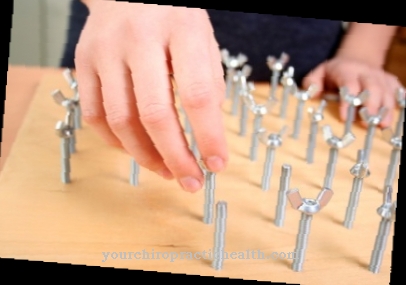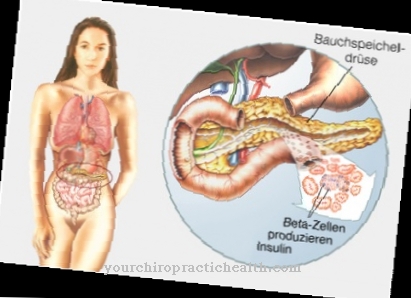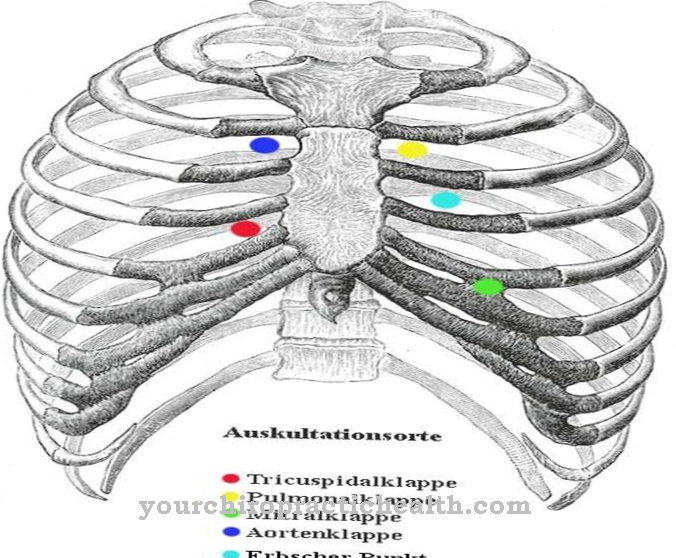What does the right diet look like? What can you eat and what should you not? A guide to healthy eating. There are very many people who consider eating and drinking to be a very pleasant side of life, but who do not give any thought to whether they are not laying the foundation for later illnesses through mistakes in their diet.
Important components of the diet
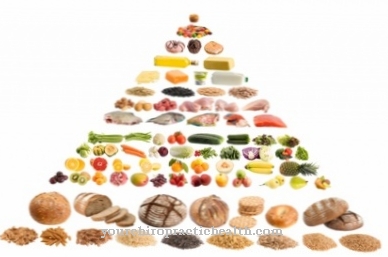
Most people believe that their appetite guides the way in making the right food choices. Unfortunately, this is only partially correct. Today's people, who do not know the right amount for their diet due to the abundance of food and luxury foods, have gotten wrong ideas about the value and worthlessness of food precisely because of this. They usually focus on eating as much as possible in order to be fully satisfied and do not ask whether the food is right for them.
Doctors and nutritionists must therefore do a very broad educational work among the population in order to steer the appetite, so to speak, in the right direction. Even the doctors of ancient Greece gave a lot of wise thought to questions of right and wrong nutrition. But it was only about one hundred and fifty years ago that the development of chemistry gave us insight into the composition of food.
So a distinction was made between three main components:
1. the carbohydrates
2. the egg whites
3. the fats
Using special methods, you then learned how to make measurements that gave exact values about the amount of energy that could be gained for the body from the individual basic foods. Everyone has probably heard of calories. Well, with the amount of heat that a large calorie gives us, you could make 1kg of water 1 degree warmer than it is.
Calories, Protein, Fat & Carbohydrates
One kilogram of fat makes 9 calories for us. This immediately shows that the fat is a special source of warmth and energy, as we may have felt particularly strongly last winter.
It used to be concluded from these measurements that one food can replace the other. Unfortunately, this view is still very widespread, especially in lay circles. But it is not correct, yes, even dangerous, as one first had to recognize from the mistakes made.
Scientific research has shown that e.g. There are a lot of complex compounds in protein, called amino acids (these are the building blocks of protein), which neither of the other two staple foods, carbohydrates and fats, contain. If these are not supplied to the human body with food, it becomes ill.
We also had to recognize that the protein that comes from plants and that which animals (meat, eggs, milk, fish) provide are different from each other. Animal protein (especially fish and poultry) is usually more valuable to us than that of plants, so a certain part of the diet should always contain animal protein (around half of our daily protein requirement).
However, there are also plants that are also rich in these important amino acids such as those found in animal products, e.g. the soybean and the soy flour made from it, then our modest potato, also cabbage, rice, millet and oats.
Enjoying these plants can enable us to reduce our daily intake of animal protein to a third of what we need. How much protein should we eat every day? It has been found that adults eat well if they consume 1 gram of protein per kilogram of body weight per day.
For a person weighing 70 kg that is 70 to 80 g of protein daily, half of which is animal protein = 35 to 40 g. If more cabbage, oat and potato dishes (including soy) are used, we only need 25 to 30 g of animal protein per day.
What are these quantities contained in? It's not that simple that 100 g of meat, eggs or milk also contain the corresponding amount of protein. The protein content of the individual foods is very different.
It contain:
1 egg of about 60 g weight about 6-7 g protein
100 g meat, medium variety about 20 g protein
100 g fish about 13-20 g protein
100 g whole milk, fresh about 3-4 g protein
100 g quark, lean about 17 g protein
Obesity from too much fat
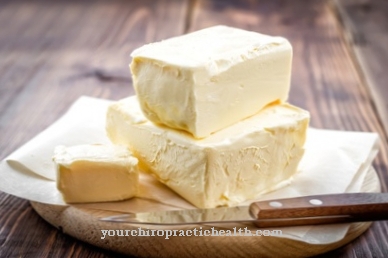
As for the fat ones, two important things have been discovered on or in them. Certain types of fat, e.g. The butter, the milk fat, is a carrier of vitamins, other types of fat do not contain these vitamins. In addition, the content of lipoids (fat-like substances, e.g. lecithin) and some fatty acids, which have so-called vitamin character, for example for the work of our brain, are of the greatest importance.
Most people today consume copious amounts of fat, be it butter, oil, lard, margarine, whipped cream or cream cake. But haven't we, especially the women among them, found that body weight has increased considerably in the last ten years, and isn't fat in parts of our body where we don't want it at all?
Some will have to answer this question in the affirmative, if they are honest. And, to put it bluntly, this is actually the beginning of the end. The fat contains another substance, the cholesterol, which is deposited in our body in the fat itself, but also likes to migrate into the walls of our blood vessels and there does what is commonly referred to as hardening of the arteries. This is a process that becomes stronger and stronger over the years, especially with a high-fat diet.
We would like you all to live as old as possible without becoming too calcified. The latter means a reduction in service life and also in performance and well-being. Fat people suffer from hardening of the arteries much earlier, mostly in the heart, kidneys or brain, and are much more likely to die from it. Thin and healthy-eating people are much less affected by it. In order to postpone this calcification process, humans should not eat more than 70 to 100 g of fat per day.
Carbohydrates instead of fat
Also, not all of the fat has to be butter. Olive oil and margarine contain less cholesterol than butter. The necessary amounts of vitamins can also be obtained from vegetables and fruits. The carbohydrates (including: pasta, bread, cereals, potatoes, vegetables, fruits and berries) are mainly vegetable products, but animal products also always contain a certain amount of carbohydrates.
The carbohydrates are relatively easily converted into energy by the human body, e.g. for muscle work, the work of the heart, but also for that of our brain. So there is no need for excessive amounts of fat and protein to be supplied to the body with sufficient carbohydrate intake.
The complex of carbohydrates also includes cellulose, which cannot be digested by the body but is of great importance for the proper functioning of the intestine. It forms part of the slag and ensures its transport in the intestine. If you eat too little cellulose (contained in vegetables, legumes, wholemeal bread, raw vegetables, fruit), you tend to become sluggish and constipated, and harmful toxic metabolic products can develop their effectiveness in the intestine, so that people get sick.
You should consume around 400 to 500 g of carbohydrates per day, taking cellulosic products into account. Particular attention must be paid to the nutrition of babies and infants, young children and school children. For them, the question of protein, fat and carbohydrate as well as mineral and vitamin intake and the type of preparation of the food are even more important than for adults.
Check food for ingredients & ingredients
A series of diseases can result from improper nutrition, but these can take years or even decades to develop. When they are then revealed, the layperson believes that the doctor can and must heal the damage with some medication.
Unfortunately, it is then usually too late for effective help. For this reason, it is important to educate people in good time about the effects of correct and incorrect nutrition.
In Germany, food is subject to precise food examinations and laboratory tests. In addition, most of our products and foods contain the exact components and ingredients with their energy values on the packaging.
Everyone should read these values carefully and only then decide whether this or that product is actually as healthy as it initially appears through advertising and external packaging. It should not be forgotten that the production of food is mostly dictated by the pursuit of profit in the food industry.

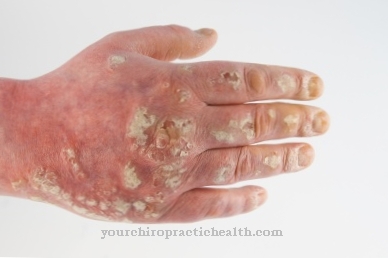






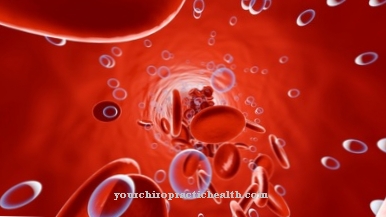

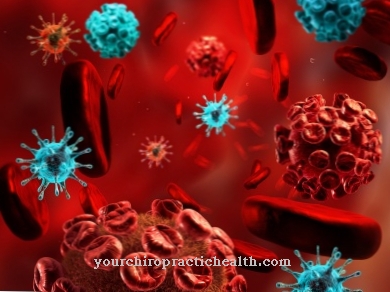
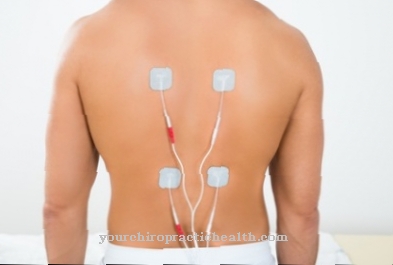
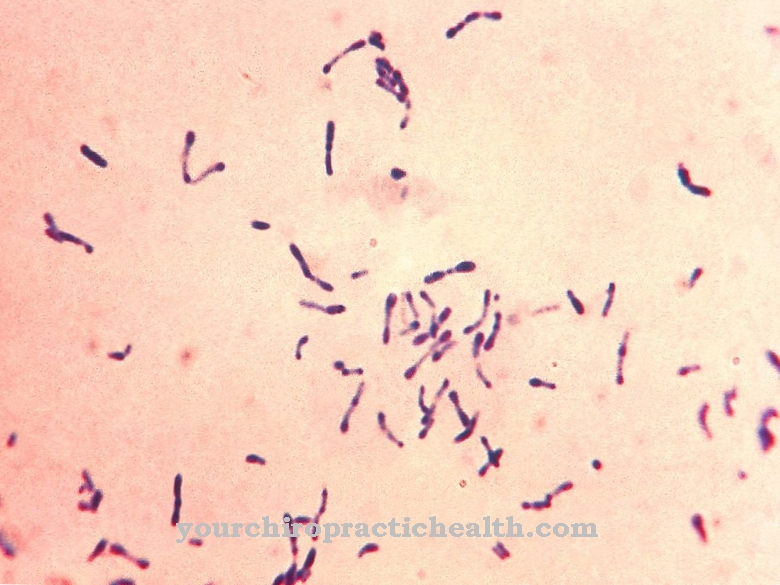
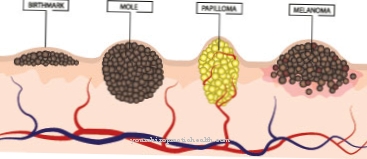

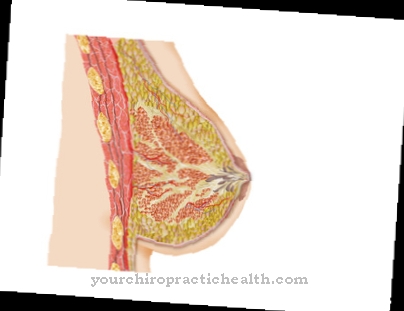
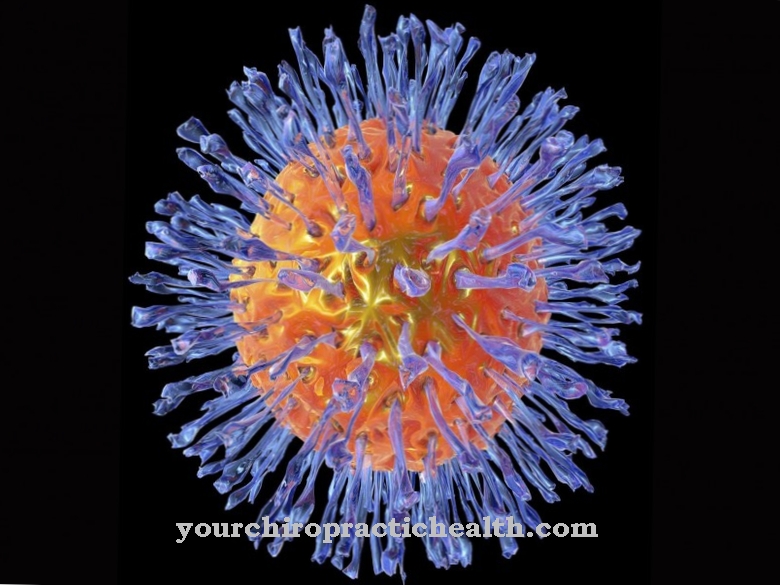
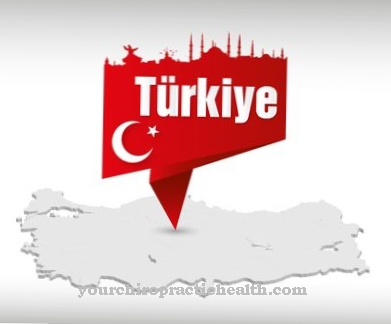





.jpg)
.jpg)
